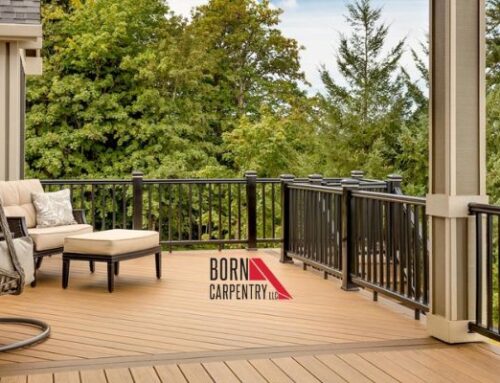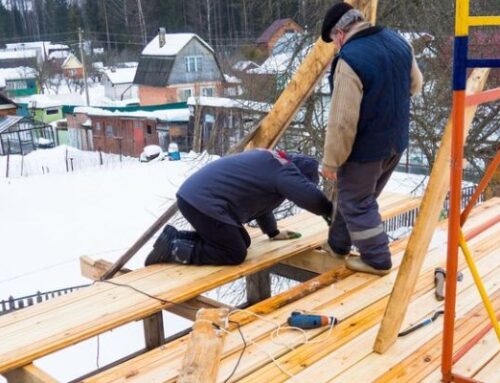Decks are a wonderful addition to any home as they offer a great place to entertain guests and enjoy the outdoors. But, like any structure, decks are susceptible to damage, with some causes being more common than others. In this blog post, we’ll discuss some of the most common causes of deck damage and how to spot the signs of potential problems.
Sun Damage

When it comes to deck damage, sun damage is one of the most common causes. Constant exposure to the sun’s UV rays can cause wood to fade and warp, leading to cracking, splintering and eventually rotting. To avoid sun damage, it’s best to choose a decking material that is designed to withstand UV rays and, if possible, use an awning or shade to protect your deck from the sun’s direct rays.
Moisture Damage

Moisture is another big culprit when it comes to deck damage. Without proper drainage, moisture can collect in the boards and posts of your deck, causing them to swell and warp. This can lead to cracking, splitting and eventually rotting. To prevent moisture damage, make sure your deck is properly sealed and that all the posts have an adequate drainage system in place.
Weather
Exposure to extreme weather conditions, such as strong winds, heavy rain and hot sun, can cause deck damage. High winds can loosen or break deck boards and railings, while prolonged exposure to the sun can cause warping, cracking and fading.
Water Damage
Rain, snow and standing water can lead to rot, warping and cracking, as well as mildew and mold growth. This occurs when water penetrates the surface of the deck and seeps into the underlying structures, causing damage to the deck boards and joists.
Poor Railing Design
If the railing around your deck isn’t designed properly, it can cause significant damage to the structure of the deck. The railing must be sturdy and secure enough to support people leaning against it. If the railing isn’t designed correctly, it can cause the deck to become unstable and break apart. To prevent this from happening, make sure any railings used around your deck are designed by a professional and meet all safety requirements.
Poor Maintenance
If you don’t maintain your deck properly, it can cause significant damage. This includes cleaning the deck regularly to remove debris, dirt and mold, as well as resealing the deck every few years to protect the wood. It’s also important to regularly inspect your deck to look for signs of any damage, such as splintering, cracking or warping.
Pressure-Treated Wood Decay
Pressure-treated wood is treated with a special chemical to help protect it from rot. However, if the wood is not properly sealed, this chemical can start to wear off and the wood can start to decay. This can lead to warping and splintering of the deck.
Foot Traffic And Weight Overloading
Heavy foot traffic can cause deck boards to become worn and weaken, leading to cracks and eventual breakage. This is particularly common in high-traffic areas, such as near the entry door or around furniture. Overloading the deck with heavy furniture, large groups of people or other heavy objects can cause the deck to become unstable and eventually collapse.
Pests
Termites, carpenter ants and other pests can cause significant damage to a deck if left unaddressed. These pests can burrow into the wood and cause structural damage, leading to instability and eventually collapse.
Lack Of Support
Decks require adequate support to remain stable, and lack of proper support can lead to sagging and eventual collapse. This can occur when the deck is not properly attached to the house or when the deck posts and joists are not properly anchored.
Age
Over time, the deck will naturally deteriorate due to exposure to the elements, foot traffic and other factors. This can cause warping, cracking and other forms of damage, leading to the eventual need for replacement.
Summary:
In conclusion, deck damage is a common issue that can arise from a variety of causes, including exposure to extreme weather conditions, water damage, improper maintenance, heavy foot traffic, weight overloading, pests, lack of support, age, poor construction and natural disasters. To keep your deck in good condition and prevent damage, it is important to take steps to protect your deck, such as regular maintenance, proper weight distribution and ensuring that the deck is properly constructed and supported. By taking these steps, you can help extend the life of your deck and keep it looking great for years to come.






